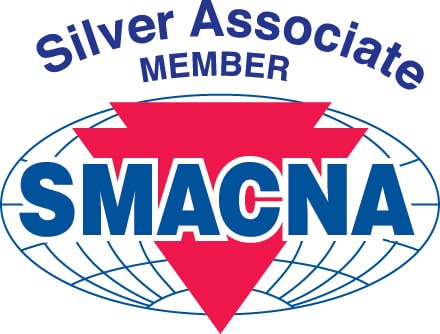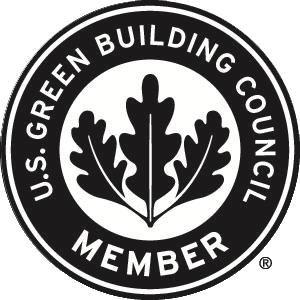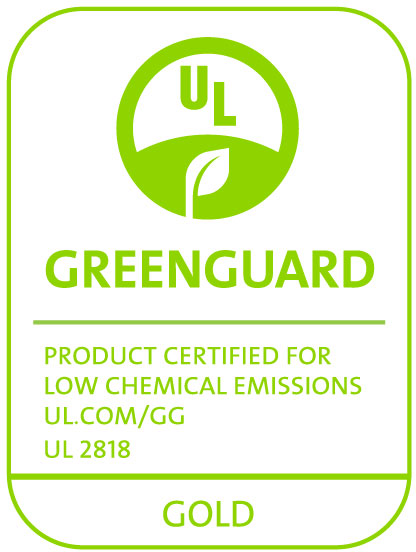An often overlooked technical performance characteristic of mechanical pipe and equipment insulation is water vapor permeability (WVP). ASTM International defines WVP as “the time rate of water vapor transmission through unit area of flat material of unit thickness induced by unit vapor pressure difference between two specific surfaces, under specified temperature and humidity conditions.”
A primary purpose of mechanical insulation on below-ambient (low-temperature) pipe & equipment systems, such as chilled water and refrigeration, is to prevent heat gain, control condensation, and minimize the risk for corrosion under insulation (CUI). Water vapor will naturally attempt to drive through insulation to the cold pipe surface. This phenomenon is also known as “vapor drive”.
The ability of an insulation material to resist water vapor transmission is reported as a “perm rating” in Inch-Pound (English) or SI (International) units. For example, English perm ratings are published as 0.02 perm-inch.
Essentially, a perm rating is calculated from the results of test methods that determine the water vapor transmission rate (WVTR) of materials in suitable units. ASTM E 96 “Standard Test Methods for Gravimetric Determination of Water Vapor Transmission Rate of Materials” is the industry standard for the mechanical insulation industry; E 96 offers two different test methods known as “dry cup” and “wet cup”. When comparing perm ratings, it’s important to look for either wet-to-wet or dry-to-dry test results.
What is an acceptable perm rating for low-temperature systems? It depends on the application. What’s important to understand is that a lower perm rating will be more resistant to vapor drive. For example, 0.02 perm-inch is four times (4x) more resistant than 0.08 perm-inch. For extreme applications, such as below-ambient operating temperatures in hot & humid environments, a vapor barrier installed over the insulation may be required.
For flexible elastomeric insulation, the American Society of Heating, Refrigeration, and Air-Conditioning Engineers ASHRAE® Handbook requires vapor retarders for refrigerant piping applications when elastomeric insulation perm ratings exceed 0.02 perm-inch.
When comparing elastomeric insulation products for refrigeration, chilled water, and other low- temperature systems, check perm ratings. Aeroflex USA’s AEROFLEX EPDMTM closed-cell elastomeric insulation delivers a perm rating of 0.02 for standard and self-seal tubes, sheets, and rolls.
Sources:
ASTM International, ASTM E 96
ASHRAE® Handbook – Fundamentals, Chapter 23 – “Insulation for Mechanical Systems”
National Insulation Association, “Perspectives on Water Vapor Permeance of Mechanical Insulation Systems”











